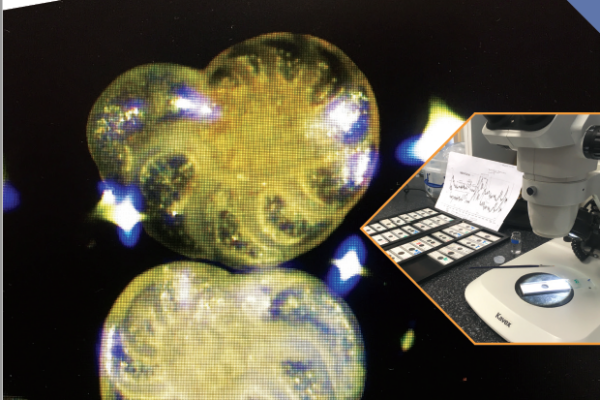Category: News

Annual Review 2023
Read More
Project Title: Developing a new mouse model to investigate the autoimmune paralytic nervous system disease Guillain-Barré syndrome
Guillain-Barré syndrome (GBS) is an autoimmune disease affecting the peripheral nerves, which connect the spinal cord to the rest of the body. In patients this results in paralysis, hospitalisation and in severe cases the muscles controlling breathing are affected. To test new treatments, animal models which reflect human disease are essential. Current mouse models are very limited in this respect due to the severity of the paralysis to respiratory muscles. As such, this only captures the disease at an early snapshot in time and prevents long-term study.
This project aimed to develop a new model of GBS, which better represented the human condition, while also reducing the distress experienced by the mice used. We aimed to do this by improving the access of disease-causing agents to peripheral nerves in the leg- this access is usually prevented by a protective barrier formed by the nervous system. Current mouse models do not reflect this important site of patient injury, and instead affect the whole animal, including muscles required for breathing. We attempted a number of different methods to breakdown the protective barrier around the nerve in the leg but were unable to overcome the inability for the disease-causing agents to reach our site of injury, despite promising pilot data. While the production of a new, less severe model as set out in the original aims of the project was unattainable, we feel satisfied that we have explored this as an option and can now be assured that the whole-body model of GBS which we use previously remains the best way of modelling GBS in mice. It has also resulted in us being able to efficiently label this area of the leg with fluorescent antibodies which is useful for studies which look at where antibodies bind, even if injury cannot be induced.
The pandemic did fall during this project and the constant changes in guidance, in particular for room occupancy and social distancing, and subsequent further lockdowns did affect the efficiency of the study. The model required two people to be working in close proximity and mice colony breeding was also greatly reduced so it took longer to get the numbers we required for the study.

Awarded: Research Incentive Grant
Field: Anatomy, Physiology and Neurosciences
University: University of Glasgow